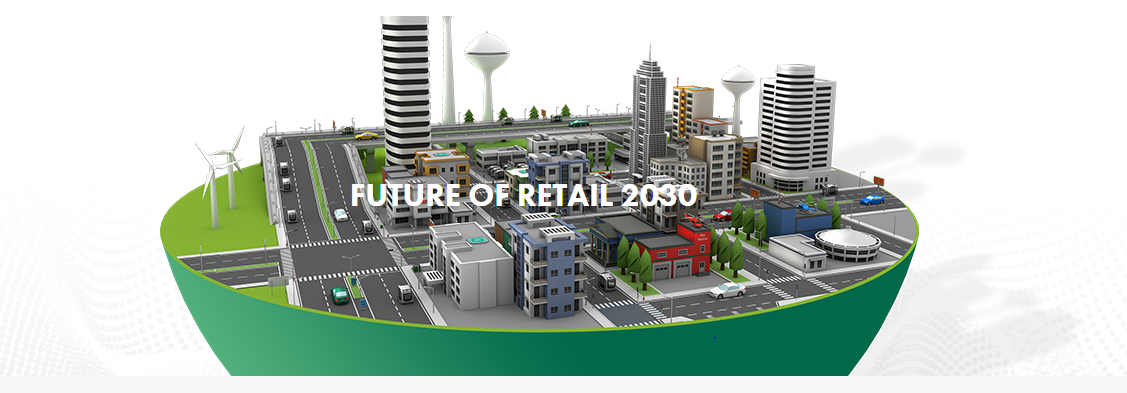
Shopping centers of the future will become just ‘centers’ by reinventing themselves as mixed-use destinations and adding healthcare, educational and leisure uses, according to new insights from The Future Of Retail 2030, a series from CBRE.
CBRE also foresees that the focus of traditional gas stations will change as they become important mini-logistic hubs, including serving as collection points for online shoppers. Another prediction: Ownership of electric and hydrogen-powered vehicles will become more common, and there will be an increased need for fast-charging points.
“Retail will evolve at a quickening pace, reshaping the roles of the shopping center, the gas station, and the store,” said Natasha Patel, CBRE Director, Global Retail Research. “The speed of change may catch some people by surprise, as the mindset and requirements of the consumer will evolve more quickly than the industry can adapt. This means that investors and occupiers need to get ahead of the changing trends rather than catching up.”
CBRE’s Future of Retail 2030 examines 40 “futurist” insights on how the world of retail will change in the future – amid changes in consumers’ lifestyles, urban environments, retail operations, logistics and other trends affecting the industry.
CBRE revealed the first eight of those trends in early November at MAPIC, the retail real estate conference in France.
“These insights are wide ranging, but we do see common themes,” said Anthony Buono, CBRE Executive Managing Director of Retail Advisory & Transaction Services, the Americas. “Customers want quick access to goods and services across any and all channels, and they want meaningful experiences around their purchases, be that education, entertainment or wellness.”
Other insights outlined by CBRE in the Retail 2030 series include:
- Smartphones will no longer exist but mobile commerce will grow. As the technology of augmented and virtual reality matures, there will be a decrease in the overall dependency on smartphones. Instead, smaller and wearable gadgets will connect people to the Internet of Things and provide access to most information and services. Retailers and landlords will need to prepare to provide digitally enabled environments that can leverage consumers’ connectivity. These environments will need to complement — not compete — with consumers’ digital access.
- Independent stores and F&B operators will be more prevalent. Retail destinations will feature unique offerings curated towards the local clientele. Retail chains will begin to further develop ‘local’ concepts and brand names to give the appearance of independence.
- The in-store checkout desk will be replaced by faster cashless ways to pay. Many retailers have already taken away the physical checkout desk. This is likely to continue as technology plays an increasingly important role as an enabler of retail sales. This will result in a reduction in the number of retail assistants required in this part of the customer’s in-store experience.
- Fitting rooms will help as opposed to hinder the shopping experience. Technology will allow customers to try on an outfit in a virtual environment and show items already owned in combination with the item being considered for purchase. Fitting room technology will also allow the customer to request a different size or style via touchscreen. This will negate the need to leave the fitting room.
- The number of wellness establishments will grow. The ‘Instagram generation’ will continue to evolve and will have an even greater interest in looking and feeling good. Fitness centers will become commonplaces in malls, urban areas and in new-build residential properties.
- Retail will be leisure. As stores become showrooms, in-store leisure elements will dramatically increase. The divide between retail and leisure will become blurred as retail brands address the need for an experience in their store.
To learn more about CBRE’s Future of Retail 2030, click here.
